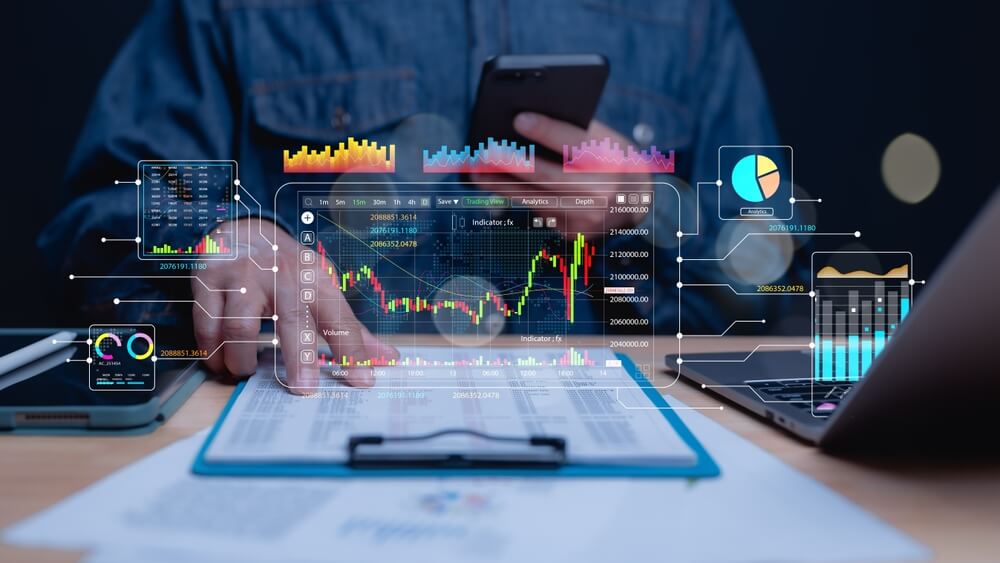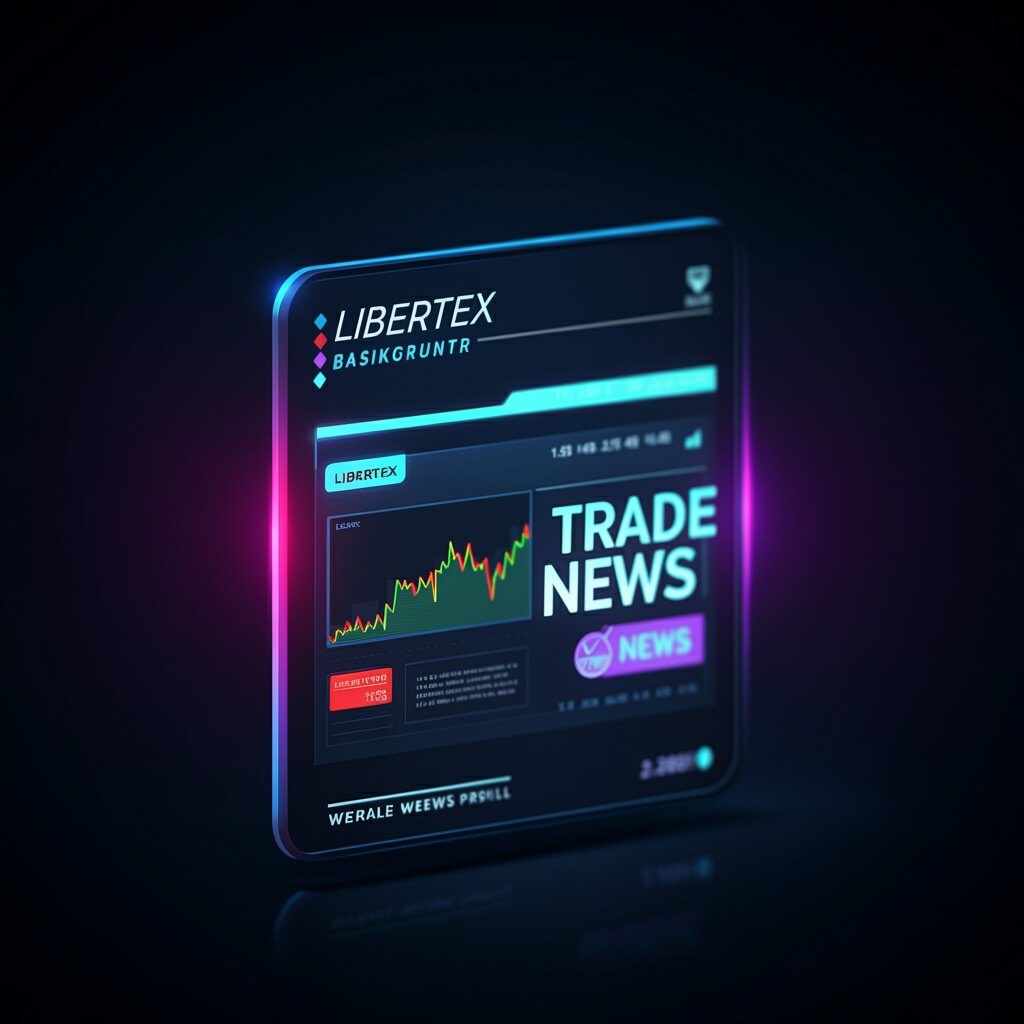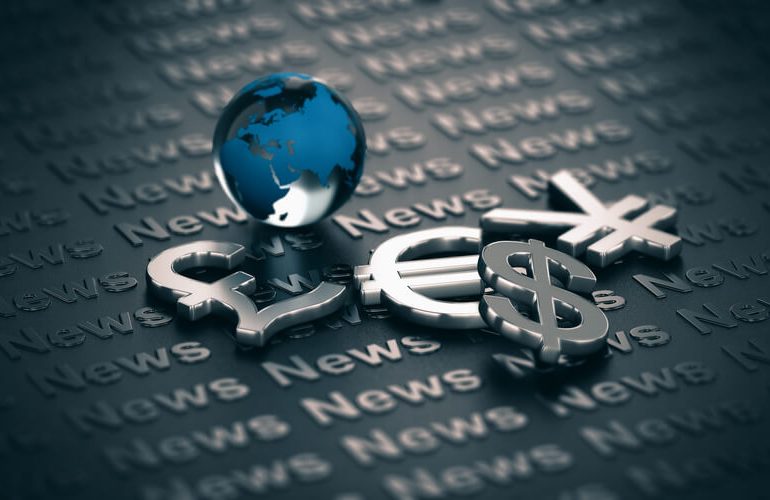Every major headline, from a Federal Reserve rate decision to an unexpected geopolitical conflict, sends shockwaves through global financial markets. For some traders, these moments of heightened volatility aren’t a threat but an opportunity. This approach is called news trading, and it has become one of the most dynamic and challenging strategies in modern finance.
At first glance, it sounds simple: follow the news, predict market reactions, and trade accordingly. But behind this seemingly straightforward idea lies a world of lightning-fast decision-making, deep analysis, and calculated risk. News trading isn’t just about reacting, it’s about anticipating how millions of others will react, often within seconds.
So, is news trading really as simple as it sounds? Or is it one of the most misunderstood disciplines in the trading world?

What Is News Trading?
News trading is a strategy based on exploiting the market volatility that follows the release of important economic reports, central bank decisions, corporate earnings, or global political events. When news hits, prices can move sharply as investors reassess value, risk, and expectations.
Typical examples include:
- U.S. Nonfarm Payrolls (NFP) reports, which influence the dollar and bond yields.
- CPI inflation data, which shapes expectations for Federal Reserve policy.
- Central bank meetings or press conferences, where rate decisions are announced.
- Geopolitical events, such as trade disputes or military tensions, that can move commodities like oil or gold.
The idea is to capitalize on the short-term price spikes that occur when the market digests new information. But while the concept sounds clear-cut, execution is anything but simple.

The Illusion of Simplicity
At a glance, news trading seems easy: when the data is better than expected, buy; when it’s worse, sell. Yet markets rarely behave so predictably. Sometimes, even “good” data leads to a sell-off and vice versa.
That’s because markets trade on expectations, not just results. If investors have already priced in strong data, the actual release might trigger “buy the rumor, sell the fact” behavior. In other cases, traders interpret the same report differently depending on the broader economic narrative.
For example, a strong inflation reading might be positive for the dollar if the Fed is seen as likely to raise rates, but negative for equities if investors fear tightening liquidity. Understanding these layers of interpretation requires experience, context, and speed.

Speed, Volatility, and the Role of Technology
News trading operates in one of the most volatile environments in finance. When a major report is released, prices can move hundreds of points within seconds. For manual traders, this means reacting almost instantly, often relying on pre-set orders or algorithmic tools.
High-frequency traders (HFTs) and institutional players dominate this space, using algorithms that scan headlines and economic feeds faster than the human eye can blink. Retail traders can still participate, but they need to focus on precision: defining entry and exit levels, limiting exposure, and using pending orders to catch movements without emotional reactions.
In such conditions, risk management becomes paramount. Slippage, widened spreads, and execution delays can turn a promising setup into a quick loss. The key isn’t to predict the news, it’s to prepare for every possible scenario.

Fundamentals Meet Psychology
One of the hardest parts of news trading is psychological discipline. The moments around a major release are emotionally charged, fear of missing out (FOMO) collides with fear of loss.
Professional traders know that it’s not just about reacting fast, but staying calm when volatility hits. Many avoid entering positions immediately after the release, waiting for the “second wave”. when initial noise fades and a more sustainable trend forms.
Others trade the anticipation instead of the event itself, entering before the release based on forecasts and exiting once the market reacts. This approach carries its own risks but can be more controlled if the trader understands consensus expectations and positioning.

The Preparation Process
Successful news traders spend more time preparing than trading. A typical pre-release checklist includes:
- Identifying key events such as inflation, employment, GDP, central bank statements, etc.
- Studying forecasts and market expectations.
- Defining scenarios.
- Setting technical levels.
- Managing risk.
For example, before a U.S. CPI report, traders will look at core inflation trends, the dollar index, and Treasury yields. They’ll analyze how previous CPI surprises affected markets and plan accordingly. When the number is released, there’s no time for analysis. Preparation determines survival.

Risk vs. Reward: Why It’s Not for Everyone
News trading offers potential for large profits in short time frames, but the risks are equally high. Price spikes can trigger stop losses instantly, and poor liquidity during major events can cause unexpected slippage.
Moreover, spreads, the cost of entering and exiting trades, often widen during announcements, especially in forex and commodities. A trader who doesn’t account for this might find themselves stopped out even if they predicted the direction correctly.
In short, news trading rewards precision and discipline, not luck. It’s more like a high-speed chess match than a lottery ticket.

The Professional Edge
Professional news traders rely on data terminals, live economic feeds, and sometimes even direct news algorithms. They analyze how markets have historically reacted to similar events, using statistical modeling to estimate probabilities.
They also understand context , for instance, how a strong CPI print affects markets when the Fed is already dovish versus when it’s hawkish. The same number can have completely opposite effects depending on the policy backdrop.
In recent years, many traders have combined news trading with technical confirmation, entering trades only when the news aligns with existing chart setups or momentum signals. This hybrid approach reduces noise and increases consistency.
At its core, news trading seems straightforward. But in practice, it’s one of the most demanding forms of trading. It requires preparation, lightning-fast execution, emotional control, and a deep understanding of how markets interpret information.
The paradox is clear: news trading looks simple, but simplicity here is deceptive. Every data release is a battle of expectations, algorithms, and human psychology. Success doesn’t come from predicting the news, but from managing the chaos that follows it.





